Pointing is the art of finishing wall mortar joints or similar structures in exposed brick masonry or stone masonry with either cement mortar or lime mortar to protect the joints.
In order to protect the joints from weather effects and to enhance the appearance of building structure.
Here we will learn about pointing, types of pointings & much more.
Introduction to pointing:
Pointing is done with the following mortar mixes:
- Lime mortar 1: 2 mix (1 lime: 2 sand).
- Cement mortar 1: 3 mix (1 cement: 3 sand).
Usually, an entire wall or even a whole structure is pointed as a result of defective points cannot simply be detected and adjoining joints might also need to have repaired.
The mortar is tightly packed in thin layers placed on a clean, concave, finished surface.
Scope of pointing:
- It maintains the joints of structures.
- It is cheap, most suitable at low rainfall locations.
- The natural beauty of the material should be exhibited.
- It gives resistance to bricks and stones used in construction for weather conditions.
TYPES OF POINTING:
1.BEADED POINTING:
Beaded pointing gives a very good appearance but is difficult to maintain.
The raked joints are filled with a mortar and finished flush with the face of the property after which beaded by a steel highway with a concave edge in between the joints.
2.Flush pointing:
In any pointing, joints are raked and completed flush with the face of the brick masonry.
The sides are correctly trimmed, it is the easiest method in which is extensively used in masonry work.
It does not give good look however it is extremely sturdy and it doesn’t enable dust, dirt to lodge over it.
3.Recessed pointing:
Recessed pointings, the mortar is kept vertical but inside the surface of the wall with the help of suitable equipment.
It is suitable to withstand the work of bricks better texture and better quality mortar.
4.Rubbed or grooved pointings:
In this rubbed pointings, the raked joints are filled up, flush with face or the wail and semicircular notches are formed by a special tool.
It is commonly used to improves the appearance of the wail.
5.Tuck Pointing:
In this Tuck Pointing, the mortar is pressed into the joints and finished flush with the face of the wall.
When the mortar is still moist, a rectangular groove is formed on the middle of the joints.
The groove is filled with white lime putty and a small amount of silver sand, projecting slightly outside the finished surface of the plaster indicating it.
It gives an attractive appearance but the fillet part is not very durable.
6.Vee pointing:
In Vee pointing either ‘V’ shaped grooves are engorged in the finished surface of the plaster.
When it is still green or by projecting the ‘V’ shape of the outside face of the wall surface.
7.Weathered or struck pointings:
In this Weathere pointing, the face is not kept vertical but it is kept inclined.
The upper edge is pressed inside the masonry by about 10 mm and the lower edge is finished level with the face of the masonry.
It is mostly used for brickwork particularly for finishing horizontal joints.
METHOD OF POINTING:
- All the mortar joints in the masonry are raked out to a depth of 10-15mm with the help of the pointings tool.
- Dust and lose mortar are thoroughly cleaned.
- The joints and the surface are washed with clean water and kept wet for some time.
- The mortar is taken in a small pan and the old mortar is pressed into the joints, then filled with small trowels to make close contact with the joints.
- Joints are discarded- flushed, sunk, or raised depending on requirements, removing excess mortar.
- The finished work is cured for 3-4 days in cases of lime mortar for 10 days when cement mortar is used.
Advantages of Pointing:
- It improves the overall look of the structure.
- It reduces the need for other repair or rehabilitation work.
- Also, protects the walls of the structure from adverse weather.
- It improves the structural strength of the building.
Disadvantages of Pointing:
- In winter, the moist brickwork freezes and rotting.
- Spalling bricks or stones begin to appear.
- It is responsible for the terrible damage to various walls.
Also read: Grouting, Waterproofing & Damp Proofing
Conclusion:
Pointing is usually made after blockwork, a small wooden scale or thickness of 5 mm is placed on the mortar joint and a fine line is marked at the joints to define the uniformity of the blockwork.

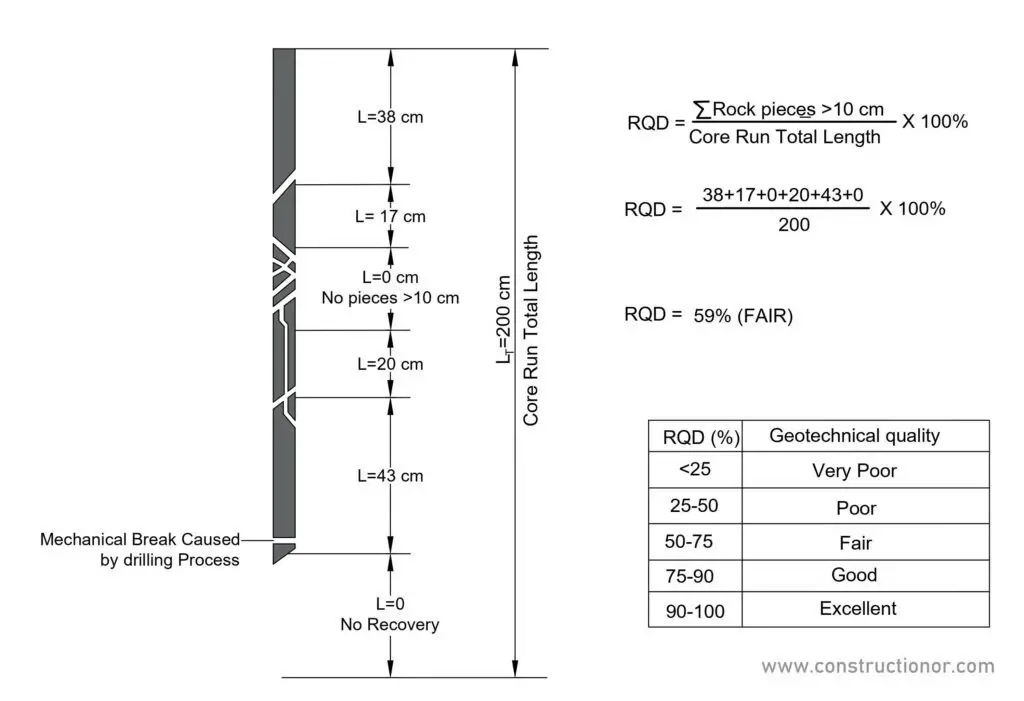



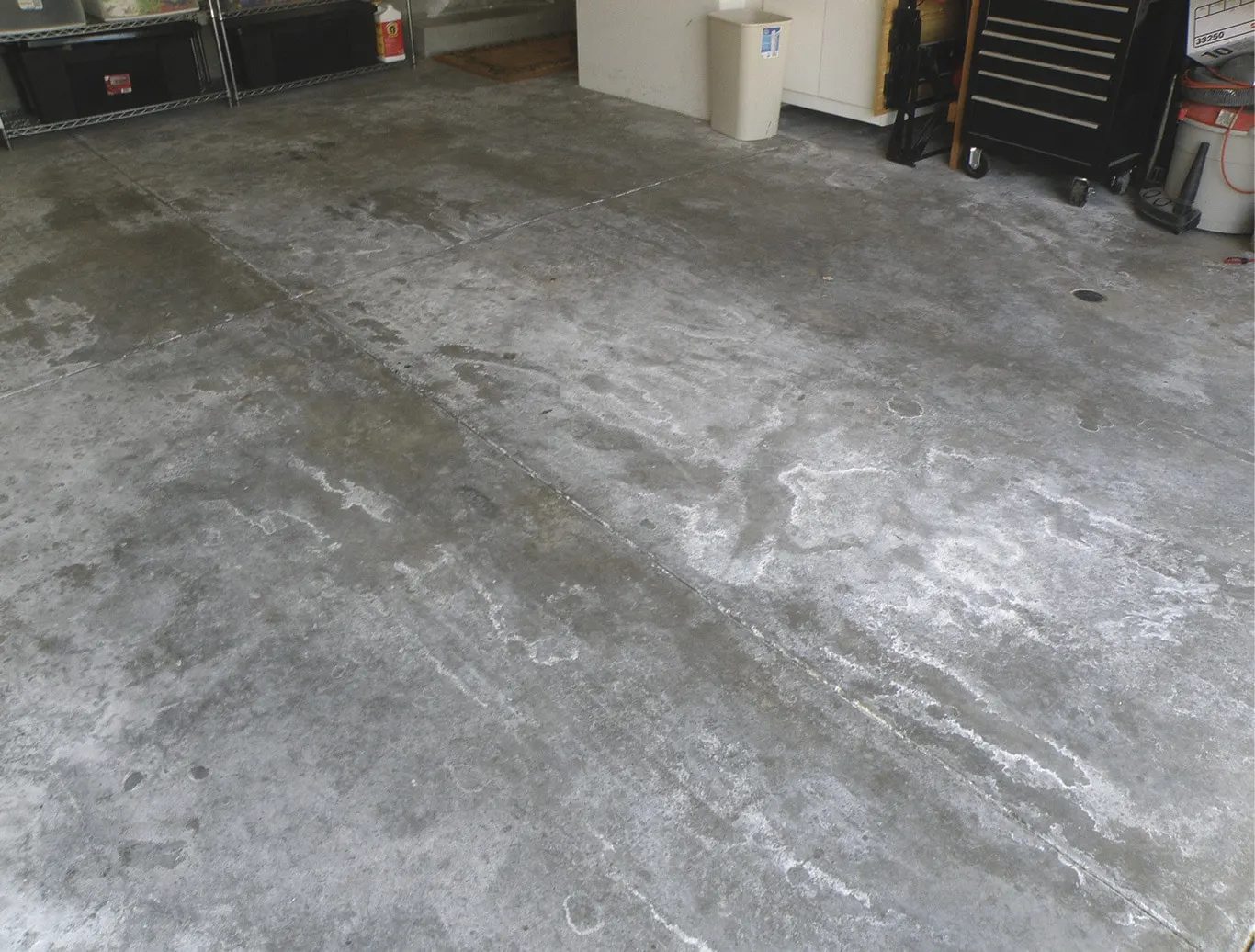
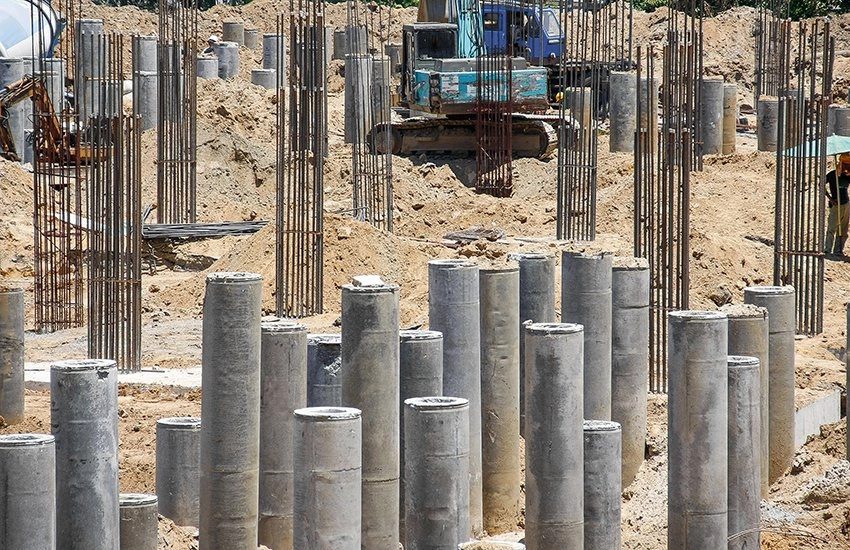

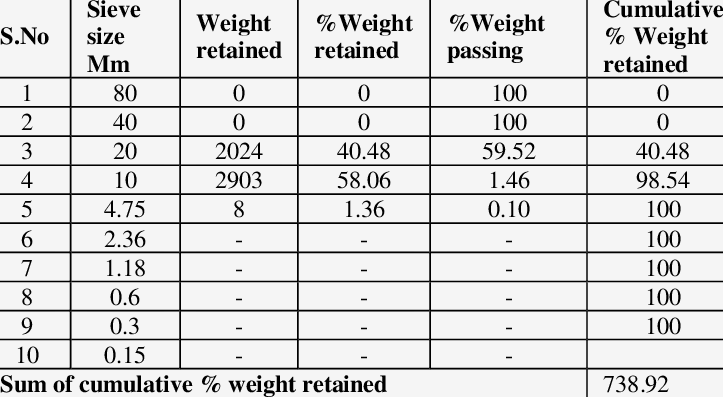
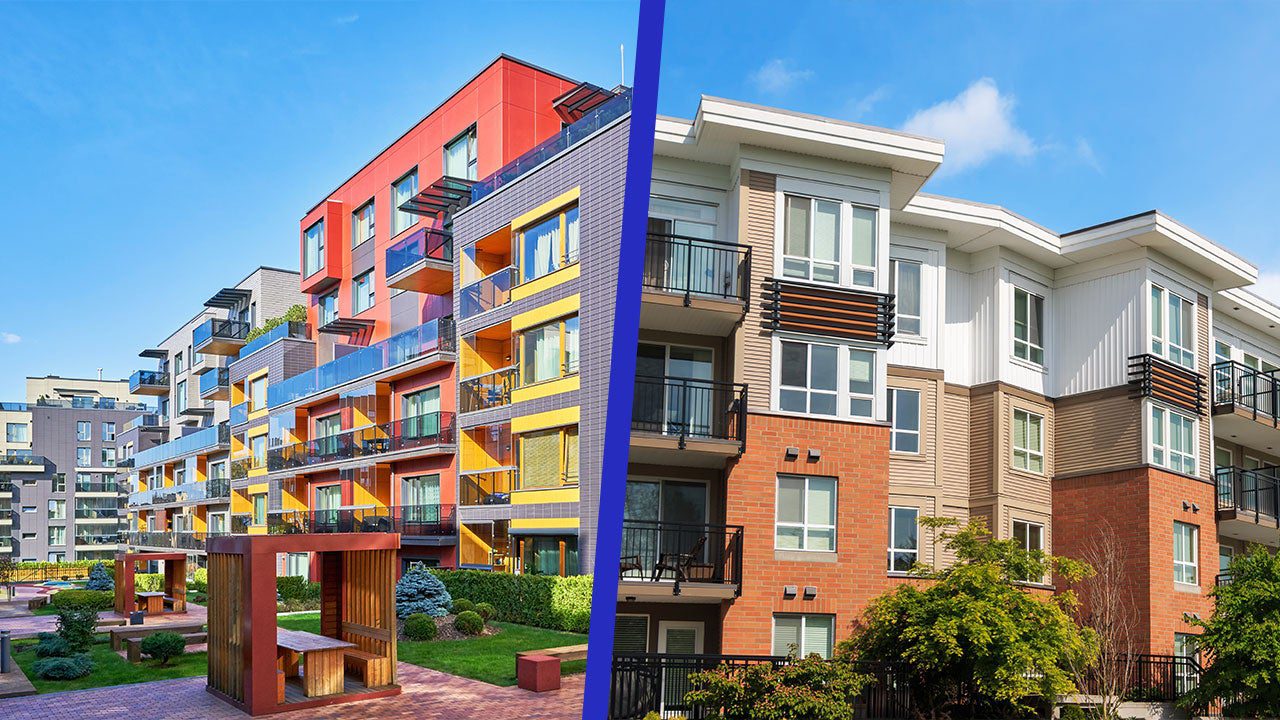
This is really informative post about Pointing, thankyou…